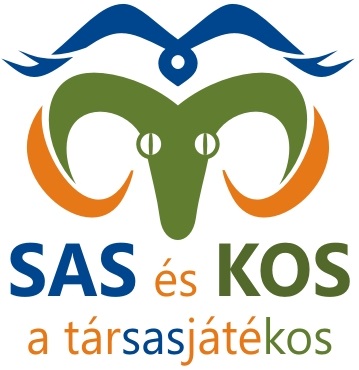Napoleon created the Imperial Guard as an army within an army. To gain access to its hallowed ranks was the dream of many French soldiers. Better pay, food, uniforms and a swagger that carried them all over Europe – it was a post of great honour and they worshipped their Emperor. They were far from being palace guards however as long and active service made them crack soldiers who could be relied upon to get the job done.
The Old Guard
The ‘Ancients’, the bravest of the brave, the finest soldiers on any battlefield in the Napoleonic Wars. Seven of the eight battalions of the Old Guard graced the field at Waterloo.
The 1st and 2nd Regiments of Grenadiers and the 1st and 2nd Regiments of Chasseurs were entitled to bear the honoured title of Old Guard. Each regiment had two battalions, with each battalion having four companies of around 150 men, although some battalions were over strength.
Giants in bearskins, these men had fought in numerous campaigns and the vast majority had won France’s highest military honour for bravery: the legion d’honneur. At Waterloo the Old Guard Grenadiers were dressed in their blue greatcoat with red epaulettes and blue overall trouser. The bearskin was stripped of its finery but still retained its brass front plate. They were armed with a musket that had brass instead of steel fittings and sabre briquets.
The Old Guard Chassuers were dressed in a similar fashion although their bearskin did not have the brass front plate and their epaulettes had green shoulder straps and red fringes. With large moustaches and side whiskers, their hair in queues and a gold earring in each ear, they certainly looked the part of grizzled veterans.
The Middle Guard
The Middle Guard was formed from the 3rd and 4th regiments of Grenadiers and Chasseurs of the Guard, men second only to their brothers in the Old Guard. Out of the twenty three battalions of Guard Infantry that began the Hundred Days campaign, only seven of them were Middle Guard formations. The 3rd and 4th Grenadier regiments supplied a total of three battalions as the 4th Grenadiers were unable to form a second battalion before the campaign began, whilst the 3rd and 4th Chasseurs provided four battalions in total at the outbreak of hostilities. The 4th Chasseurs were mauled at the battle of ligny, their two under-strength battalions were then amalgamated in time for waterloo. All Guard battalions were made up of four companies, each of approximately 150 men.
The dress of the Middle Guard did not live up to its ‘on paper’ billing during the hundred days as they had been hastily put into the field. The campaign uniform was much the same as the Old Guard. That said the Middle Guard were supposed to wear suitably ornate shakos but all regiments turned out in whatever was available, bearskins, shakos, bonnet de police (forage caps) and bicornes. To represent this, we have added a few extra heads; those who wish to further differentiate their units can replace some of them with the shako or the bonnet to convey the poorer supplied Middle Guard although it isn’t mandatory!
Marines of the Guard & ‘Lovely Daughters’
Also included are units of Marines of the Guard (30 soldiers). Les Marines de la Garde were originally raised as a five-company battalion in 1803. They had a long and glorious history, fighting in many campaigns including Spain and Russia. They were sailors, soldiers and engineers and acquitted themselves well in each trade. There were two companies of marines attached to the Imperial Guard HQ
Finally, Engineers of the Guard (30 soldiers) are also included to add a further dash of colour and variety to the French army. To cover the Guard in the attack Napoleon fielded ‘His lovely daughters’, large 12-pounder cannon, crewed by excellent gunners and which could reach out further than most Allied guns. A dangerous foe indeed…
Box Set full contents:
3 x Guard Battalions of 80 Men each – with optional head options to represent poorer uniformed Middle Guard
3 x Mounted Brigade Commanders
Marines of the Guard (30 Men)
Engineers of the Guard (30 Men)
3 x Foot Artillery 12-pdrs
1 x Full-colour Napoleonic French flag leaflet.






GYERE! TÁRSASOZZ VELÜNK!
Játékszabály nyelve
angol
Címkék
minik, angol, Warlord Games, BlackFire
Gyártói cikkszám
312002004





